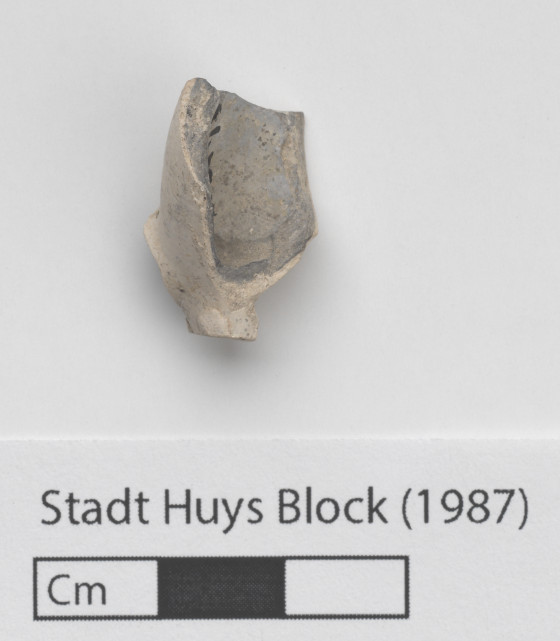Introduction: Lots 8, 9, and 15 are modern designations for adjacent parcels of land fronting Pearl Street that were owned together and used as a single property until the early 1830's. Excavations produced important discoveries like that of the Colonial-era Lovelace Tavern, proving that significant archaeological resources could still exist in urban spaces. Project archaeologists were able to lobby for increased time and funds to continue their work on the strength of these finds, leading to additional discoveries. In all, the project provided considerable information about the history of New York City and its inhabitants from the 17th to the 20th centuries.
The Lovelace Tavern was constructed by the second English Governor of New York, Francis Lovelace, around 1670. Taverns were important spaces for colonial communities, serving as centralized meeting places that fulfilled important social, recreational, political, and economic functions. The Lovelace Tavern also served as New York's temporary City Hall starting in the late-17th century after the Stadt Huys fell into disrepair. The tavern was demolished in 1706.
Rationale: Remains of the Lovelace Tavern were first encountered during the excavation of Test Cut AQ. Test Cut BG was placed between Test Cuts BM and BH to create a 9-foot testing area in the interior of the tavern's footprint. Overall, archaeologists excavated 27 test cuts inside, adjacent to, or within the walls of the tavern, representing around fifty-percent of the total area.
Results: This level is part of a series of various surface debris layers unrelated to the tavern's occupation that were found across the test cuts in the Lovelace Tavern area.
Lot 9, Test Cut BG, Stratum II, Level A
-
Collection method
Trowel, Screen (1/4-inch mesh). Natural Level.
-
Soil description
Gray-Brown Sand Silt and Red-Brown Sand
-
Munsell
10YR 4/2



